1. Climate Change Is Shrinking Bodies
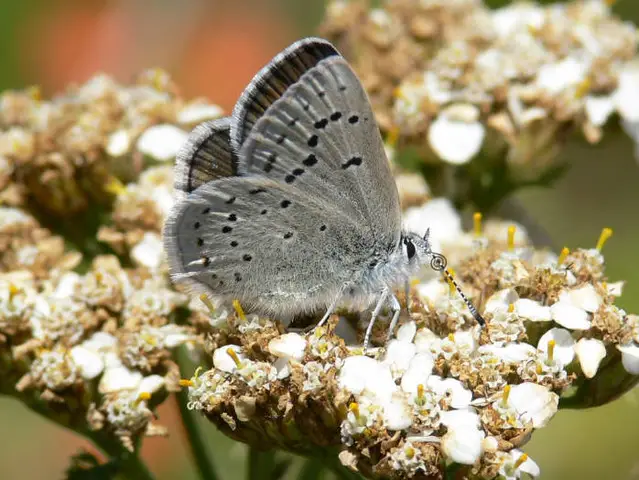
As the planet warms up due to climate change, some animals are evolving to cope with higher temperatures. Smaller animals are better equipped to handle heat because their bodies lose heat more efficiently than larger ones. This is especially true for species living in hotter climates, where the ability to cool down becomes crucial. Studies have shown that insects, such as beetles and butterflies, are shrinking in size as temperatures rise. Smaller bodies also mean smaller energy demands, which is vital in climates where food may be harder to find. In mammals, for example, some species have been shrinking in body mass as a direct response to warmer weather.
According to ScienceDirect, this process, known as the “Bergmann’s Rule,” explains that animals in hotter climates often evolve smaller body sizes. The trend is not only seen in the wild but also in domesticated animals like dogs, where breeds in warmer climates tend to be smaller. Researchers suggest that this phenomenon could have long-term effects on ecosystems and food chains. As animals evolve to cope with rising temperatures, smaller animals may have an advantage, leading to a shift in biodiversity. This shrinking trend is a testament to how climate change impacts all aspects of life, even the size of living creatures.
2. Resource Scarcity
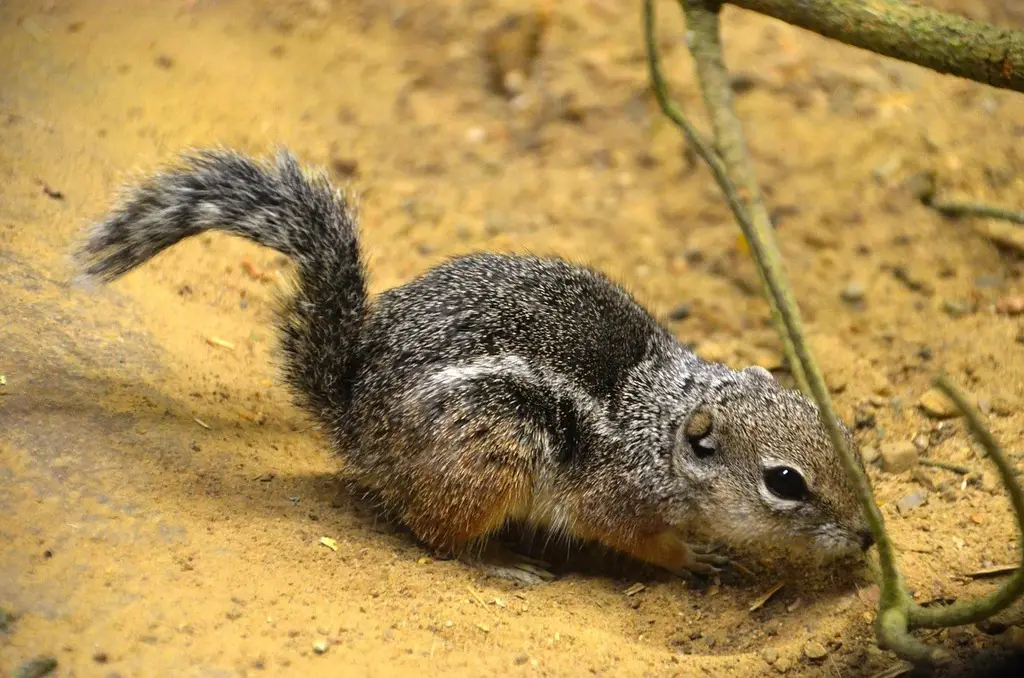
According to The Conversation, when food and other resources become scarce, natural selection may favor smaller animals that require fewer resources to survive. This is particularly noticeable in environments where resources like food or water are limited or hard to access. In these conditions, smaller animals have a distinct advantage because they need less food to sustain themselves. For example, smaller species of birds, reptiles, and mammals have been observed to thrive better in drought-prone areas, as they can survive on less food. Over time, these animals may evolve to be even smaller as they adapt to a resource-constrained environment. This adaptation can be seen in species that live in isolated or impoverished ecosystems, where large bodies might be too taxing on the available resources.
As animal populations shrink in size, they are also more likely to become genetically isolated, which accelerates evolutionary changes. In ecosystems where food availability is unpredictable, smaller body size becomes a survival trait. The ability to store energy and minimize resource consumption becomes essential for survival. In the long run, this resource-driven evolutionary pressure may lead to entire populations of animals shrinking over generations, adapting in real-time to their environment’s constraints.
3. Island Dwarfism
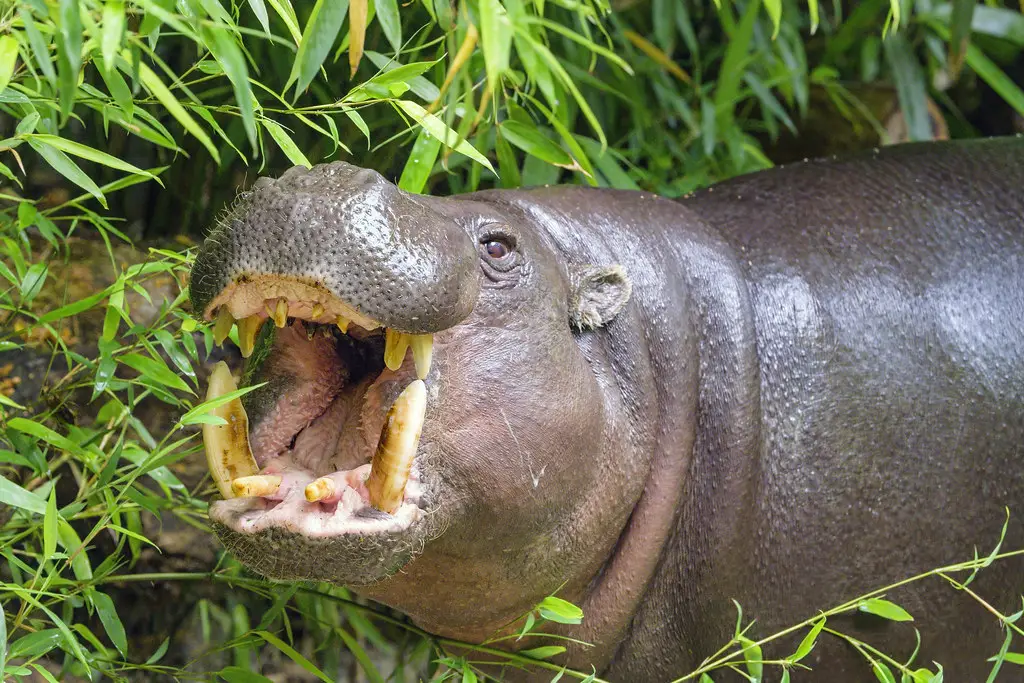
According to SAPIENS, island dwarfism is a fascinating evolutionary phenomenon where animals become much smaller when they live on islands with limited resources. Island ecosystems often have a finite amount of food and space, which puts pressure on species to adapt in order to survive. Over generations, larger species often evolve to be smaller due to the scarcity of resources. For example, the pygmy elephant, which once roamed certain islands, is believed to have evolved from larger mainland elephants. Similarly, the dwarf hippos that once lived on islands like Crete are examples of island dwarfism in mammals.
On smaller islands, there is often less competition, so smaller species that are better adapted to limited food sources thrive. This evolutionary trait has been observed in a wide range of animals, from reptiles like turtles to mammals like pigs. However, the phenomenon isn’t limited to just mammals; even giant birds like the moa in New Zealand evolved into smaller forms. The size reduction is likely an adaptation to reduced habitat size, which forces species to evolve to fit the available space. Island dwarfism shows how animals can rapidly adapt to their surroundings, with body size being a significant factor in their survival. This phenomenon is also a reminder that when animals are isolated, they can evolve very differently from their mainland relatives.
4. Evolutionary Pressure from Predators
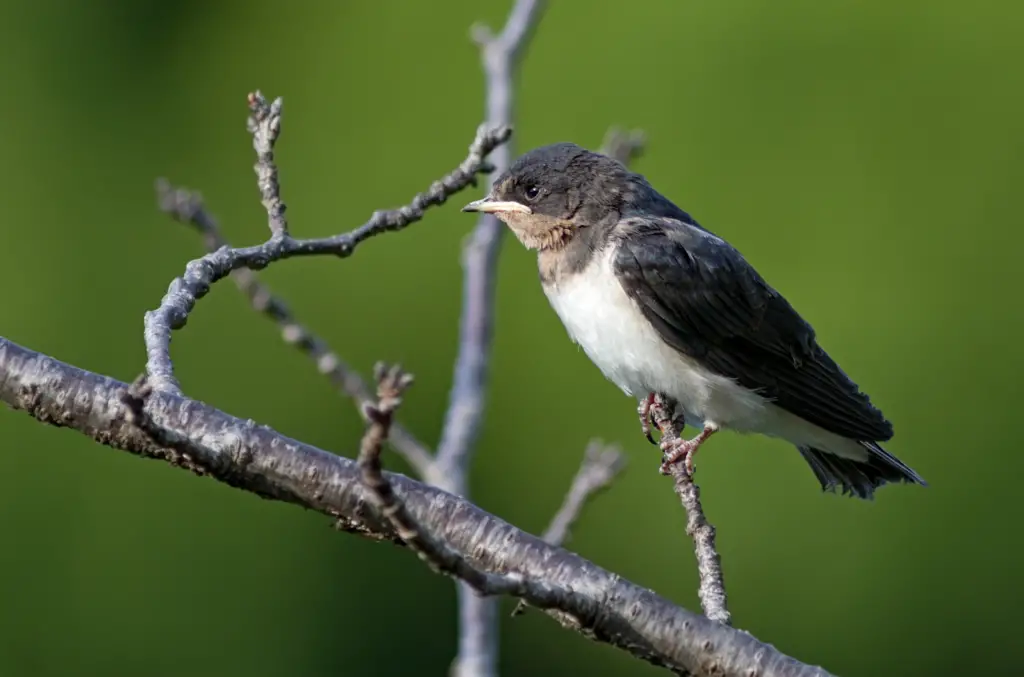
In ecosystems where predators are abundant, smaller animals can often survive better due to their ability to evade capture. Many prey species evolve to be smaller so they can move quickly, hide more easily, and fit into spaces that larger animals cannot access. According to Deutsche Welle, smaller animals have an edge in environments where speed and agility are key to escaping predators. This evolutionary pressure drives species to become smaller over time, particularly in environments where predation is intense. For example, small birds in predator-heavy areas tend to be more agile and harder to catch than larger birds. Similarly, rodents are often smaller than their larger ancestors because smaller sizes help them find shelter in narrow crevices.
As predators become more specialized in hunting larger prey, smaller species might be favored for their survival. Evolution favors those who can escape danger, and for many prey species, that means becoming smaller. This type of evolutionary pressure results in a pattern where animals in high-predation environments gradually reduce their size over generations. Interestingly, smaller animals also tend to reproduce faster, allowing these evolutionary changes to be passed down more quickly. Over time, this dynamic can lead to dramatic size reduction, particularly in species that have faced high predation rates over many generations.
5. Human Impact and Domestication
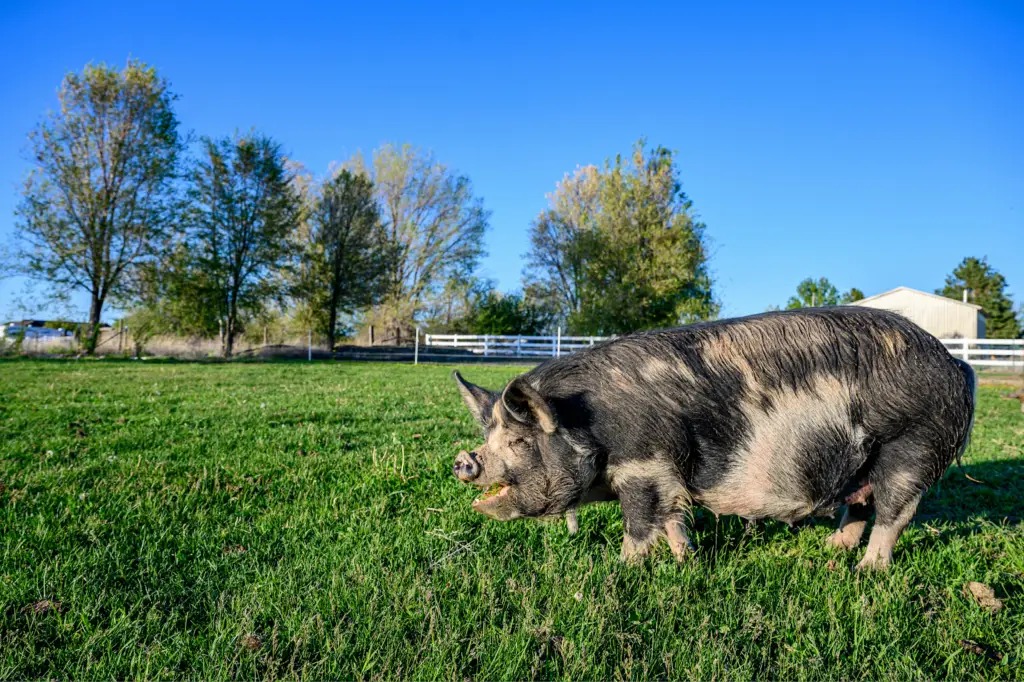
Over the centuries, humans have selectively bred animals to meet specific needs, and in some cases, this has led to the creation of smaller versions of certain species. Domestication has caused a variety of animals, such as dogs, cattle, and chickens, to shrink in size as breeders select for traits like smaller body mass, less aggression, and easier maintenance. For example, in the case of dogs, many smaller breeds were specifically chosen because they require less food, are easier to care for, and are more suitable for living in small spaces. Similarly, according to VCA Animal Hospitals, miniature pigs were bred for their small size, making them more manageable as pets.
The desire for compact versions of livestock has also led to the creation of miniaturized breeds of cows, sheep, and even horses. This human-driven evolution has resulted in entire populations of animals becoming smaller over relatively short periods of time. In the case of livestock, smaller animals are often more efficient in terms of resource use, making them ideal for industrial farming practices. Over time, the genetic changes favored by human intervention result in a dramatic shift in size. Interestingly, this selective breeding is often focused on particular characteristics, and size reduction is sometimes a byproduct of these efforts. The trend of smaller domesticated animals illustrates the way humans have shaped the evolutionary path of various species.
6. Smaller Animals Reproduce Faster
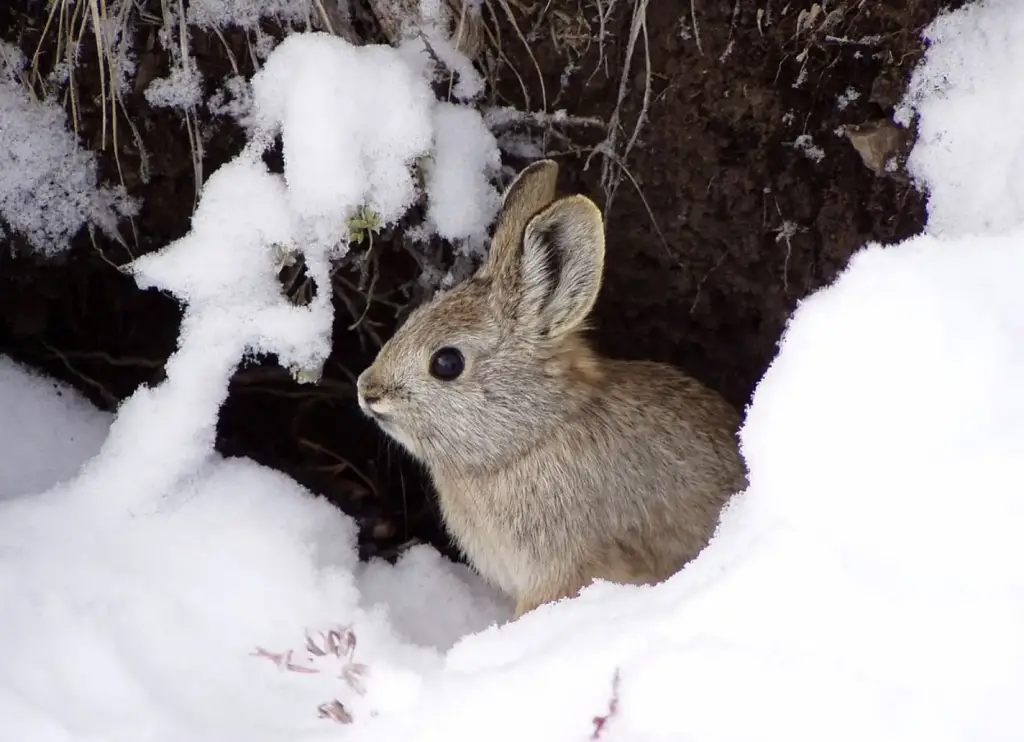
One key factor driving the size reduction of certain species is the increased reproductive rate of smaller animals. Smaller animals tend to reach sexual maturity faster than larger animals, meaning they can reproduce more frequently and in greater numbers. This rapid reproduction allows small animals to pass on their genes more quickly, accelerating the process of evolution. Smaller animals also tend to have shorter lifespans, which means they can produce multiple generations in a shorter period, further speeding up evolutionary changes.
For example, many species of rodents, insects, and reptiles are known for their ability to reproduce rapidly. As these smaller animals reproduce more frequently, traits such as reduced size are passed down more quickly. The survival advantage of smaller size in certain environments further drives this trend, as animals that are smaller are better able to find food and avoid predators. Over generations, the cumulative effect of rapid reproduction and natural selection can lead to significant size reduction within a population. This reproductive advantage means that size reduction can become an ingrained trait, with smaller animals having a higher chance of survival and reproduction. The relationship between size and reproductive speed is a key factor in why some animals are shrinking over time.
7. Decreasing Habitat Size
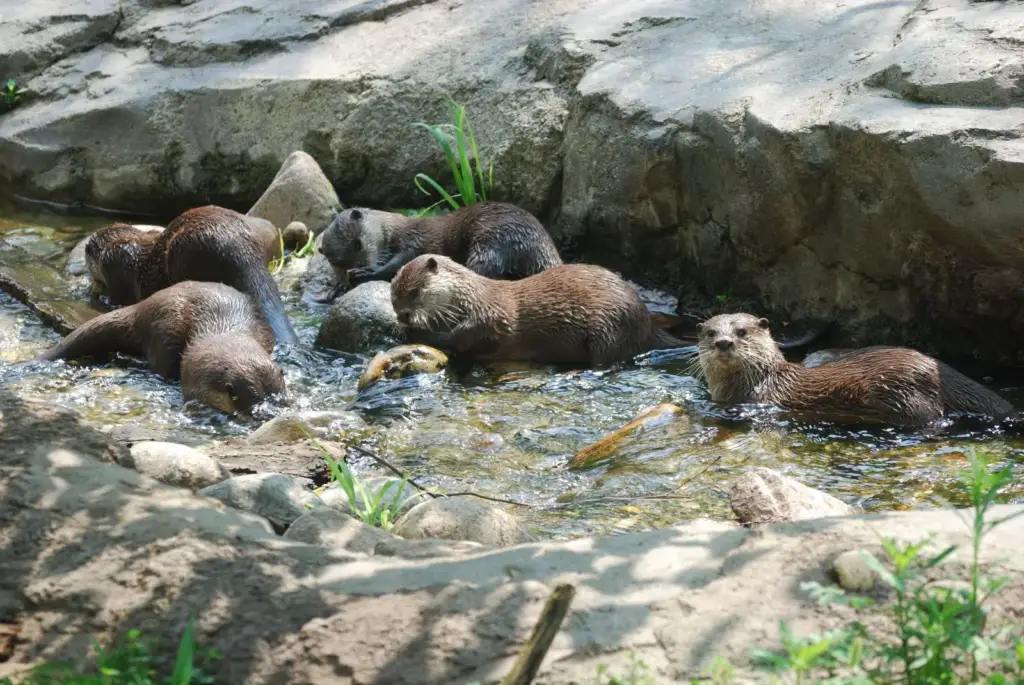
As human activity continues to shrink natural habitats, many species are being forced into smaller, more confined spaces. In these compressed environments, animals may evolve to become smaller in order to survive more efficiently. When an animal’s habitat shrinks, it is often faced with limited resources such as food and space. Smaller animals can survive in these confined spaces better than larger ones because they require fewer resources. For example, animals living in urban areas or fragmented forests often adapt to their smaller, more crowded environments by evolving to be smaller. The reduction in habitat size leads to a decrease in the amount of available food, forcing animals to adapt by reducing their size in order to minimize their needs.
This adaptation is not always a conscious choice but rather a result of natural selection over generations. Smaller animals are better able to navigate through smaller spaces and find shelter in more crowded environments. This trend is particularly evident in species that have been pushed into urban or suburban areas, where human development has drastically reduced available natural habitats. Over time, this pressure to fit into smaller spaces may lead to the widespread evolution of smaller body sizes.
8. Fossil Evidence of Diminishing Size
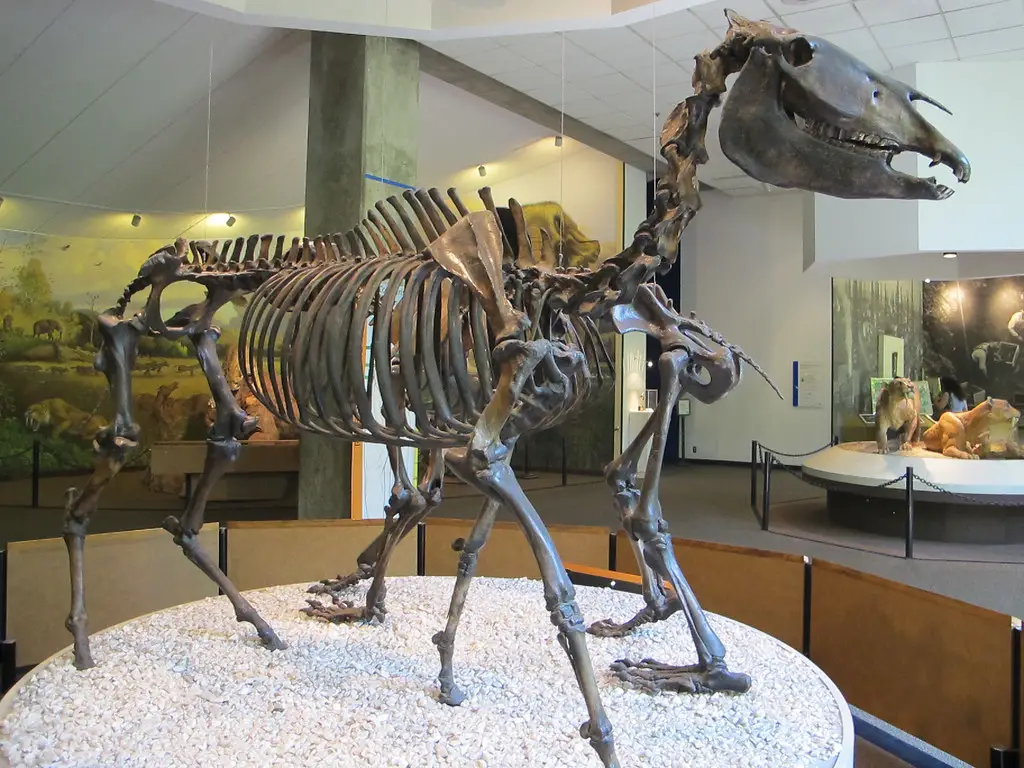
Fossil records provide compelling evidence that some species of animals were much larger in prehistoric times than their modern counterparts. For example, the ancient ancestors of modern-day horses, camels, and elephants were much larger. However, over millions of years, these species have gradually shrunk in size due to changing environmental conditions, such as climate shifts and food scarcity. The process of size reduction in the fossil record can be traced to significant changes in the environment, including cooling periods and ice ages, that altered the availability of resources.
Large animals like the woolly mammoth were once common, but they were forced to adapt to changing environments, leading to a reduction in size over time. Some scientists suggest that the extinction of large animals and the emergence of smaller species is due to the inability of these massive creatures to sustain themselves in more resource-limited ecosystems. Fossil evidence shows that size reduction is not a new phenomenon, but one that has been occurring for millions of years. Understanding the fossil record helps explain how environmental factors such as climate change, food availability, and habitat size have influenced the evolution of animal size. The ongoing trend of diminishing size in some species is just one chapter in the long history of adaptation and survival.


